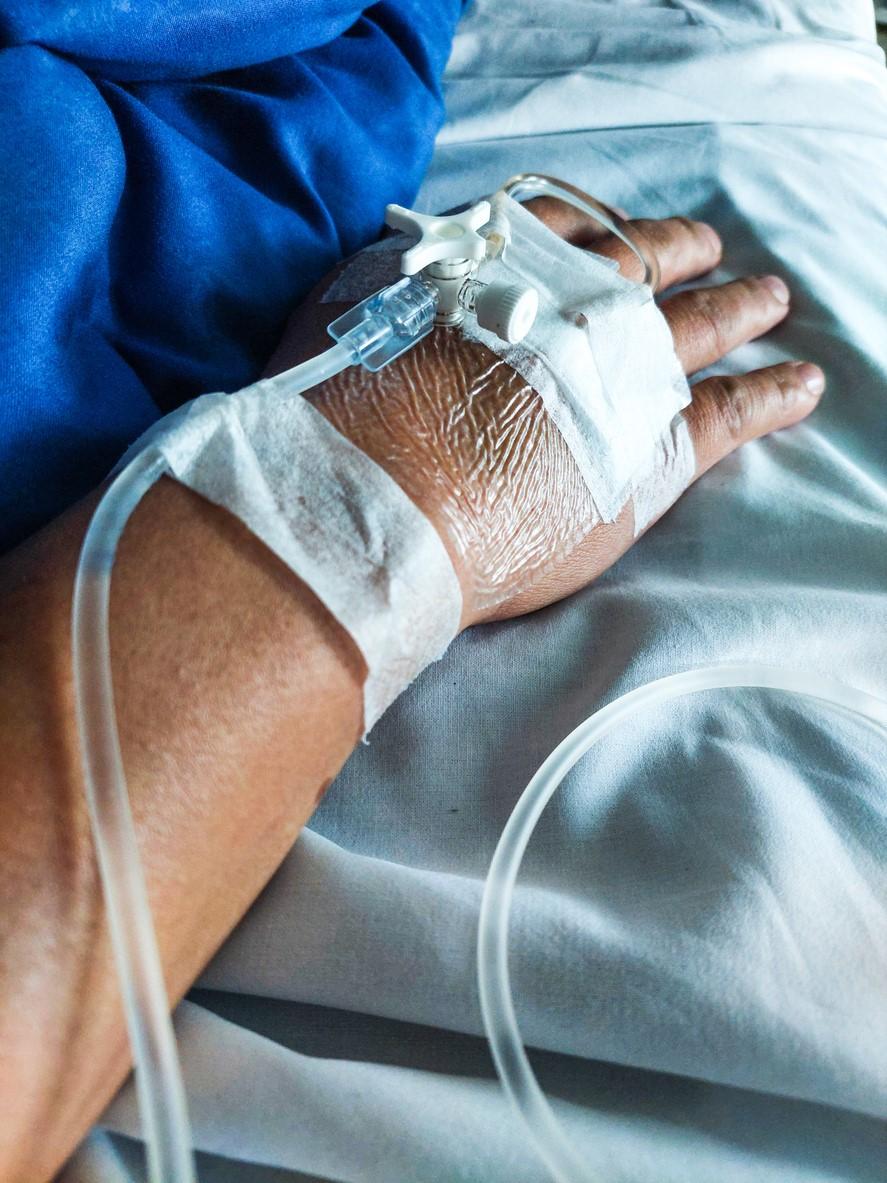Two new randomized, controlled trials published yesterday in the Annals of Internal Medicine describe how drug combinations lowered the risk of severe COVID-19, with one detailing use of the antidepressant fluvoxamine plus the corticosteroid budesonide, and the other outlining the monoclonal antibody duo amubarvimab plus romlusevimab.
Fluvoxamine plus budesonide effective, safe
In the TOGETHER adaptive platform trial of repurposed drugs, a Stanford University–led team evaluated the use of the oral selective serotonin reuptake inhibitor fluvoxamine plus the inhaled corticosteroid budesonide among nonhospitalized adults with early symptomatic COVID-19 and at least one risk factor for severe disease at 12 sites in Brazil from January 15 to July 6, 2022.
A total of 1,476 patients were randomly assigned in a 1:1 ratio to either 100 milligrams (mg) fluvoxamine plus 800 micrograms budesonide or matching placebos twice daily for 10 days. The researchers gathered outcome data in person or via phone call or social media using videoconferencing and collected limited data on vital signs.
The median participant age was 51 years, 60.8% were women, 96.1% were multiracial, and about 95% had received at least one COVID-19 vaccine dose. Median time from symptom onset to study enrollment was 3 days.
A lower proportion of patients in the treatment group than in the placebo group were observed in an emergency setting for COVID-19 for more than 6 hours or were hospitalized within 28 days (1.8% vs 3.7%; relative risk [RR], 0.50; probability of superiority, 98.7%). The trial was stopped early after determination of superiority.
Although oral therapeutics for COVID-19 are available in the United States and, to a lesser extent, in other high-income countries, they are predominantly prescribed in elderly populations.
No differences were noted in the secondary outcomes of time to clinical improvement, number of days with respiratory symptoms, time to hospitalization for any cause or COVID-19 progression, length of hospital stay and receipt of mechanical ventilation, or rate of adverse events.
"Although oral therapeutics for COVID-19 are available in the United States and, to a lesser extent, in other high-income countries, they are predominantly prescribed in elderly populations," the authors wrote. "These drugs are largely unavailable in low- and middle-income countries. For that reason, the use of repurposed drugs may be an important option for health care providers."
Amubarvimab plus romlusevimab before Omicron
Weill Cornell Medicine researchers led a phase 2/3 platform trial assessing the safety and efficacy of amubarvimab plus romlusevimab.
The phase 2 population included 807 nonhospitalized adult COVID-19 patients at high risk for poor outcomes in the United States, Brazil, South Africa, Mexico, Argentina, and the Philippines from January to July 2021.
The phase 3 population was made up of 221 participants in the United States; median age was 49 years, 51% were women, 73% were White, 50% were Hispanic, 51% were enrolled 6 to 10 days after symptom onset, 22.2% were infected with the Delta variant, and the remainder were infected with pre-Delta strains.
Participants were assigned to receive either sequential intravenous infusions of 1,000 mg of amubarvimab followed by 1,000 mg of romlusevimab (397 patients) or equivalent volumes of a saline placebo (410 patients) on day 0.
Fifty-three of 807 participants in the modified intention-to-treat population were hospitalized or died by day 28, including 9 assigned to amubarvimab plus romlusevimab and 44 assigned to placebo. The cumulative incidence of hospitalization or death was 79% lower in the amubarvimab plus romlusevimab group (2.3%) than in the placebo group (10.8%).
A subgroup analysis defined by time from symptom onset to study enrollment (5 days or less vs 5 or more) showed that cumulative hospitalizations or deaths were lower in the amubarvimab plus romlusevimab group than in the placebo group, regardless of treatment timing (2.1% vs 11%; 2.5% vs 10.5% among those enrolled more than 5 days after symptom onset).
No deaths were reported in the amubarvimab plus romlusevimab group, compared with 8 (2.0%) in placebo recipients. A subgroup analysis among those with variant data showed that the combination was equally effective against Delta and pre-Delta strains, but the authors said it likely would have limited efficacy against the currently predominant Omicron variant.
The adverse event rate was significantly lower among amubarvimab plus romlusevimab recipients than in the placebo group (7.3% vs 16.1%; risk ratio, 0.45). Fewer treatment-emergent adverse events (TEAEs) occurred in the treatment group than in the placebo group (35.8% vs 39.6%), as well as fewer grade 3 or higher TEAEs (7.4% vs 16.2%).
A subgroup analysis among those with variant data showed that the combination was equally effective against Delta and pre-Delta strains, but the authors said it likely would have limited efficacy against the currently predominant Omicron variant.
The researchers said the study is the first to demonstrate that monoclonal antibody therapy can be effective against COVID-related hospitalization and death as late as 6 to 10 days after symptom onset.
"Such data should not be used to suggest that treatment can be delayed, but supports that it may be of value even up to 10 days from symptom onset," they wrote. "In addition, the long half-life of these antibodies raises the possibility that a single infusion may also prevent reinfections."




















